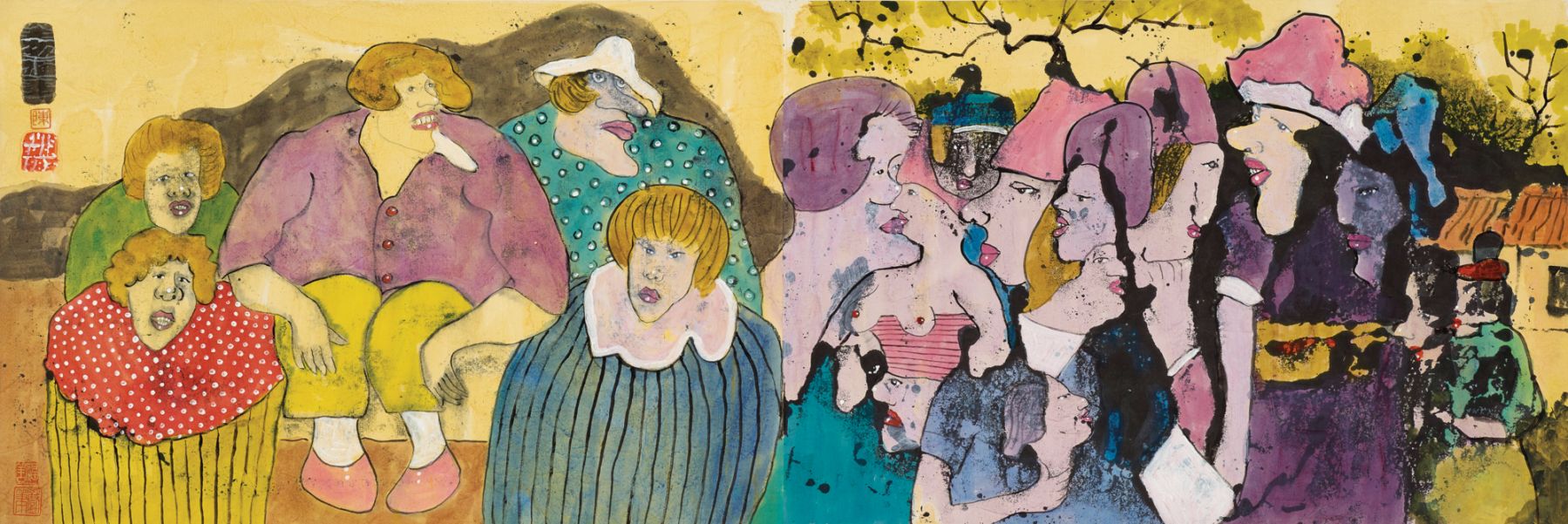A fair featuring works by local and international artists is moving into the former Topshop store on Queen’s Road Central
It was intended as a one-off to make up for the number of art events cancelled last year. But Unscheduled, an art fair established in 2020 by the Hong Kong Art Gallery Association (HKAGA), is returning for a second edition this month.
Running from September 2 to 6, the fair features 15 local galleries, showcasing works by both local and international artists. The event is taking place in the former Topshop store at 59-65 Queen’s Road Central, which is being transformed into an exhibition space by local design studio Beau Architects.
Unscheduled was founded as a response to the cancellation of Art Basel Hong Kong 2020 and a string of other events due to Covid-19. The pandemic was a huge blow to the city’s galleries, financially and otherwise. “When we first conceived of the fair, we thought it would only last for one edition,” says Willem Molesworth, vice president of HKAGA. “But we came to realise that Unscheduled offers something very different to Art Basel. With the pandemic still ongoing and with the city still facing a host of challenges, there is still the need for a fair that really captures and harnesses the energy for [and of] the art scene here.”
See also: Hong Kong Art Fair Unscheduled Returns This September

Fabio Rossi, co-president of HKAGA and director of Rossi & Rossi gallery, adds: “The fact that we have a larger number of participants than in the first edition of Unscheduled, representing about one third of the members of HKAGA, is proof of the need for such an event.”
Twelve galleries were involved in last year’s Unscheduled, which took place in Tai Kwun and was attended by more than 2,800 visitors, adhering to the social-distancing regulations at the time. “Sales were brisk, with some galleries reporting sold-out presentations to both existing and to new collectors,” says Rossi. “There were also booths which sold entirely to new clients.” Works on display last year ranged in price from roughly HK$20,000 to HK$300,000.
This year’s fair features a range of work, including photographs, paintings, installations and sculptures. Hanart TZ Gallery is showing a selection of colourful paintings by the late Luis Chan, one of the most renowned Hong Kong artists of the 20th century, and 10 Chancery Lane Gallery is showing pieces by Shanghai-based Gu Benchi, who weaves together hundreds or even thousands of threads to create 3D wall hangings and sculptures. “Soluna Fine Art is presenting Kim Young-Hun—a young artist with a very interesting body of paintings that portray fractured, almost glitchy abstract planes,” says Molesworth. “Frankly, though, every gallery is showing excellent work; we were amazed by the quality of the presentations proposed this year.”


